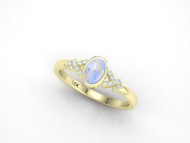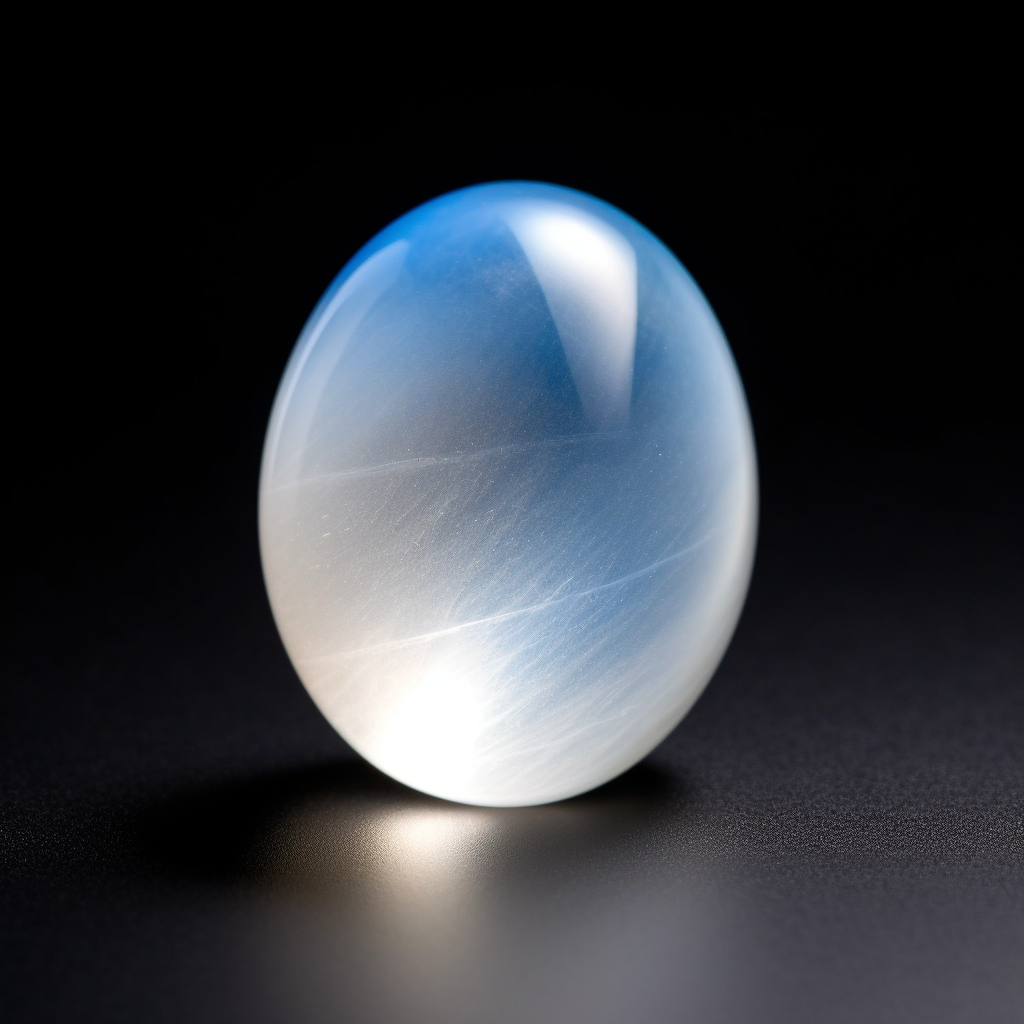Where are Moonstones found?
21st May 2023
Moonstone can be found in various geological locations around the world, each with its own unique characteristics and qualities. Here are some notable sources of moonstone:
- India: India is one of the major sources of moonstone. The country is renowned for producing high-quality moonstones, particularly in the region of Rajasthan. The moonstones from India often exhibit a milky white or bluish adularescence, and they are highly valued for their enchanting glow.
- Sri Lanka: Sri Lanka, also known as the "Island of Gems," is another significant source of moonstone. The region of Meetiyagoda in Sri Lanka is particularly famous for its blue moonstones. Sri Lankan moonstones are prized for their vibrant adularescence, exceptional clarity, and beautiful blue hues.
- Myanmar: Moonstones can also be found in Myanmar, formerly known as Burma. The moonstones from Myanmar often have a unique combination of colors, ranging from white to peach or even greenish tones. The region of Mogok in Myanmar is renowned for producing high-quality moonstones with excellent adularescence.
- Madagascar: Madagascar is a relatively new but promising source of moonstone. The country has become known for producing moonstones with a range of colors, including white, peach, and gray. The moonstones from Madagascar often exhibit a strong adularescent effect and are highly sought after by gemstone enthusiasts.
- United States: The United States is home to various moonstone deposits. Oregon, in particular, is known for its sources of rainbow moonstone, which displays a play of colors resembling a rainbow. Moonstones have also been found in states like New Mexico, Pennsylvania, and New York.

Geological factors play a crucial role in the formation and availability of moonstone in these regions. Moonstone is typically associated with geological processes such as the formation of pegmatite veins, which provide the necessary conditions for the crystallization and growth of moonstone. Metamorphic processes, such as heat and pressure, can also influence the formation of moonstone, while volcanic activity can bring moonstone to the surface through volcanic rocks or gem-bearing alluvial deposits.
Exploring the geological sources of moonstone offers a glimpse into the diversity of locations and the natural processes that contribute to the creation of these captivating gemstones.


